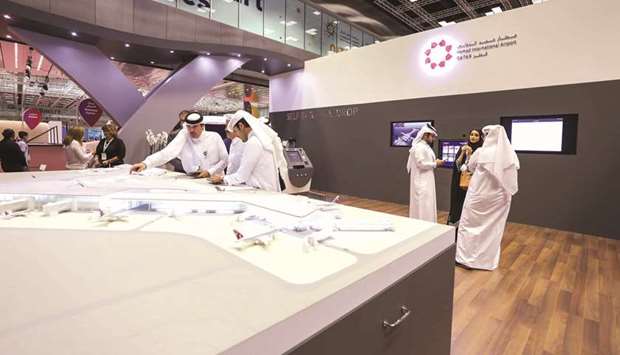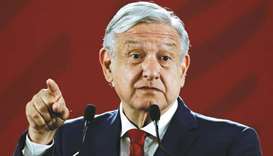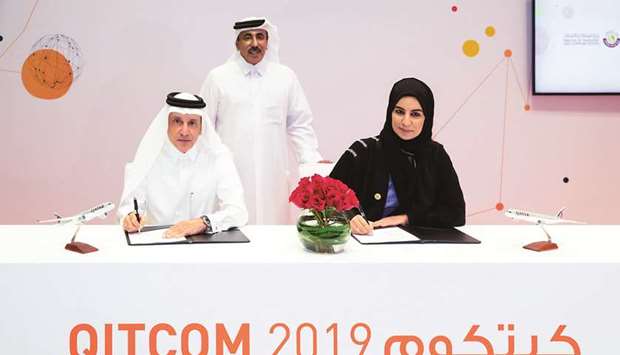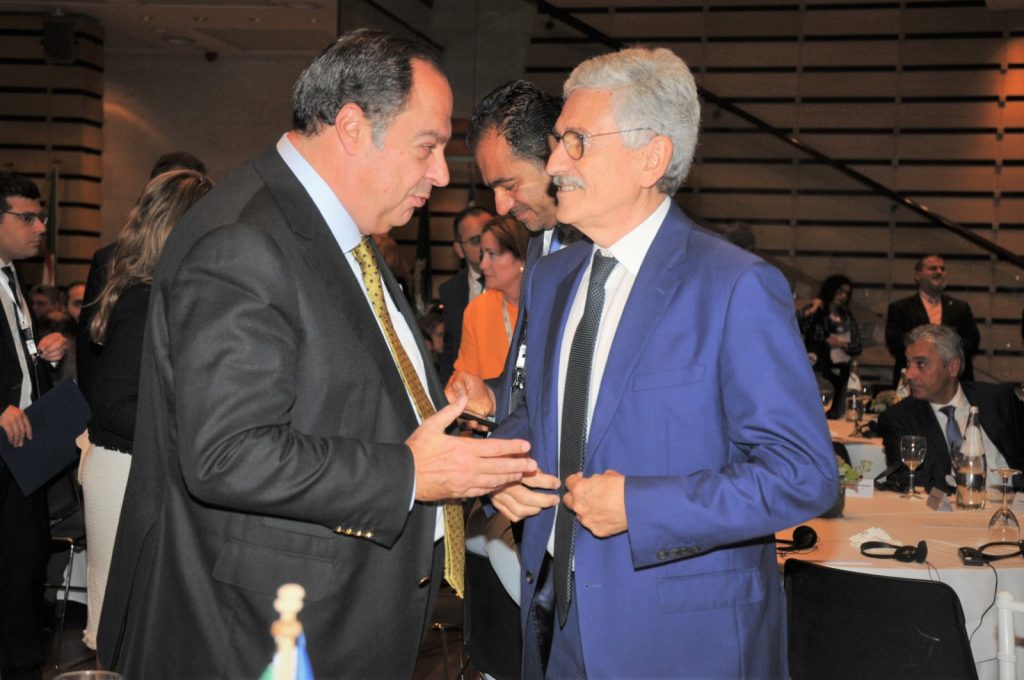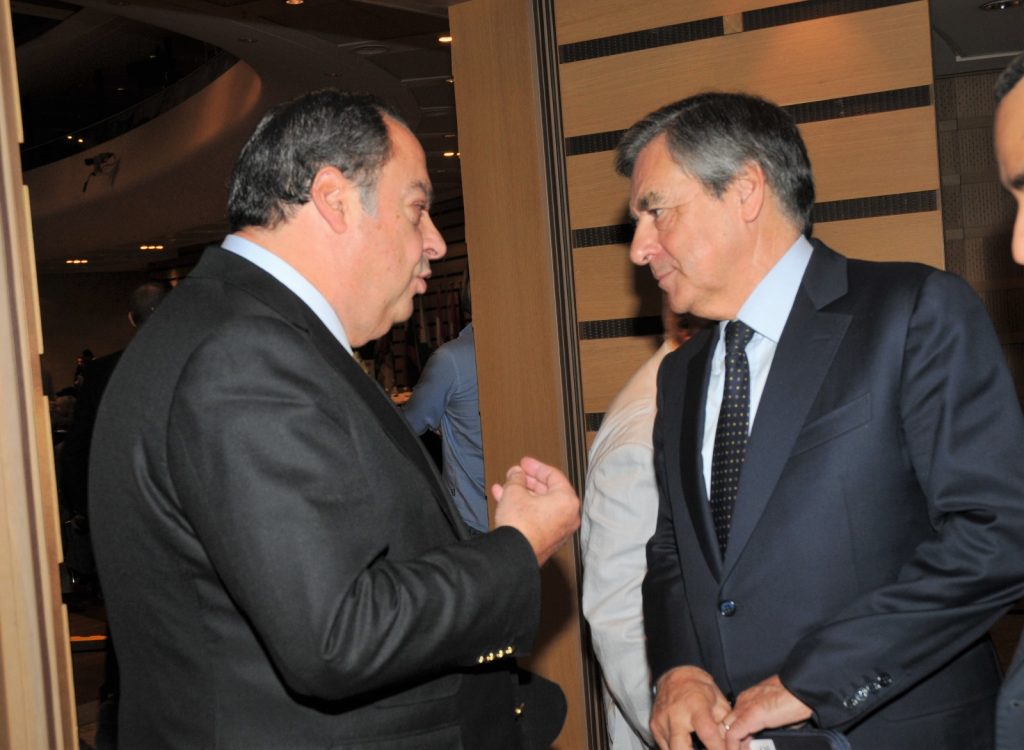Energy stocks are pushing Canada equities to record

Bloomberg /Toronto
Investors are finally warming up to Canadian energy stocks.
There’s no shortage of superlatives to describe market optimism as the price of oil climbed and corporate profitability concerns eased. The S&P/TSX Energy Index is on pace for its biggest monthly gain since January. It also has the No 1 spot among sectors on the S&P/TSX Composite Index on Friday. And the iShares S&P/TSX Capped Energy ETF saw its largest inflows since June last month.
Energy stocks have been mired in negative headlines for years with a strained pipeline network pushing Canadian crude prices lower and the exodus of multinational energy companies.
Now, investors are flooding back in as third-quarter results came in better than expected, and companies bought back shares, raised dividends and divested assets to shore up cash. “They’re being very good to the shareholder,” John Kinsey, portfolio manager at Caldwell Securities Ltd, said by phone.
Earnings results “highlighted strong free cash-flow generation and active debt repayment,” Eight Capital analyst Phil Skolnick said in a November 12 report.
Suncor Energy Inc approved a boost to its share buyback program this week, pleasing analysts as the company checks the box on providing shareholder returns. Crescent Point Energy Corp’s latest gas infrastructure asset sale for C$500mn ($378mn) topped analyst expectations.
With oil and gas stocks making up more than 16% of the Canadian benchmark index, that’s given the TSX a boost this month — up every single trading session in November, hitting all-time highs for most of this week. The key stock gauge crossed the 17,000 mark on Friday.
Still, energy stocks are the third-worst performing sector this year. To bulls, the share price discount may mean investors should buy the dip. For bears, perhaps it brings home the point that investors should still stay out of the sector. Saudi Aramco’s IPO prospectus that flagged a peak in global oil demand in the next two decades might also give investors the jitters.
“They’re just very good value. The world still runs on energy. They may try to change it to solar and electric and all this other kind of stuff, but it’s going to take a long time,” Kinsey said.
Canada’s stock index climbed for an eleventh day on Friday, its longest streak since January 21. The benchmark index breached the 17,000 level for the first time ever and posted 11 records this year. Foreigners bought C$1.08bn worth of stocks in September, according to Statistics Canada.
The Canadian two-year yield rose to 1.54% on Friday, staying below its US counterpart. Click here for our weekly bond wrap. Foreigners sold C$2.81bn worth of government bonds in September. The loonie was little changed against the greenback this week, but was still one of the worst performers among its G-10 peers.
Prime Minister Justin Trudeau will reconvene parliament on Dec. 5 to elect a Speaker of the House of Commons followed by a so-called Throne Speech that sets out the government’s agenda. The leader of Canada’s left-leaning New Democratic Party said he’s confident he can work together with Trudeau, suggesting the prime minister will be able to successfully govern in a minority parliament.
Economists will focus on October inflation data and September retail sales figures next week.



